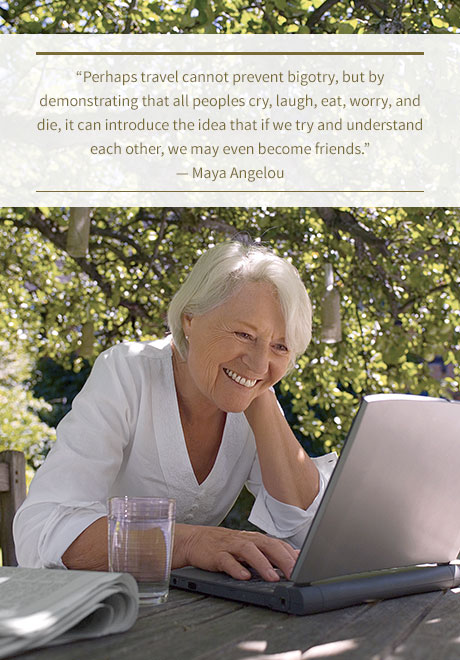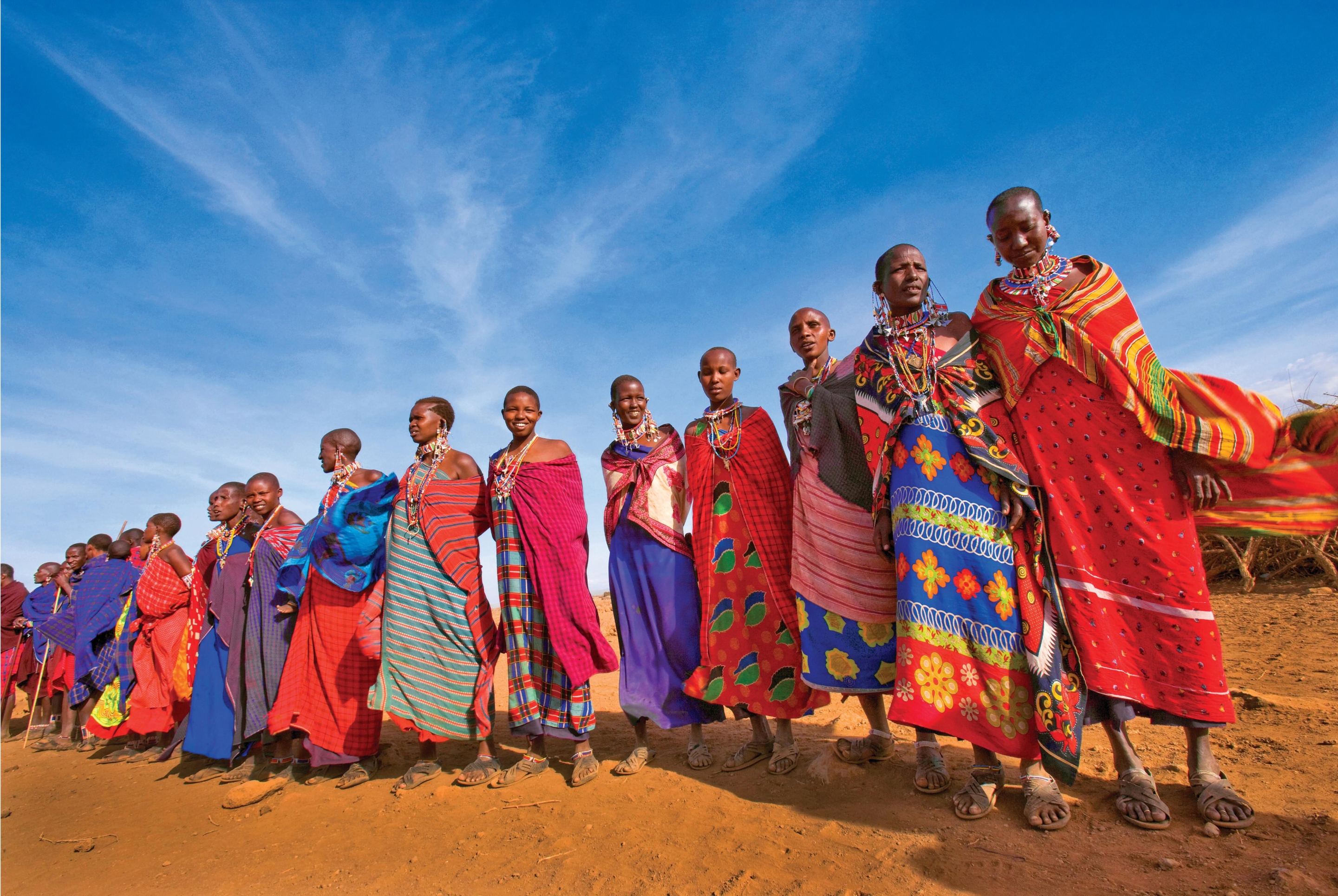CHAPTER
9
KEEPING IN TOUCH
101 TIPS for WOMEN TRAVELERS
What could be simpler than communicating in this day and age, right? Just pick up your cell phone and call someone from your contact list, or drop them an email. Well, yes and no. Even though we no longer have to search for a pay phone or wait for the international operator to patch us through, there’s still some complexity around rate plans, apps, and other resources. Our savvy travelers and associates share their advice.

SOCIAL MEDIA & COMMUNICATING FROM ABROAD IN THE ELECTRONIC AGE
-
Check with your cell phone provider about pricing.
If you’re going to use your cell phone, talk to your provider. Most offer deals on international roaming. Or talk to your provider about unlocking your phone. Then, you can buy a local SIM card and use it in combination with an international phone card.
-
Have loved ones call your hotel landline.
Ask friends or relatives to call your hotel landline from their home phone at an appointed time. It is always cheaper than calling from a cell phone.
-
Phone home using the Internet and smartphone apps.
There are a number of Internet sites today that let you make video phone calls for free or at rates that are far below most international telephone rates. The ones I use are Viber, Skype, and SMS (Short Message Service). If you and your loved ones have iPhones, Apple’s FaceTime feature is invaluable. If you have WiFi access, you can spend a few minutes catching up and enjoying the sight of familiar faces from back home— without costly international call or data fees. What’sApp is another smartphone application that lets you to “text” family and friends anywhere in the world where you can get a WiFi connection.
-
Planning to send postcards? Save time (and space) by bringing pre-printed address labels.
Those sheets of address labels that come in the mail are just made for travel! Print out labels with the names and addresses of family and friends you plan on mailing postcards to, and stick a sheet or two of your pre-printed address labels in your luggage to use as the return address. You can also use them to identify water bottles and other personal items, and give them out as contact information to new friends.
-
Share your experiences electronically.
Photo-sharing sites like Flickr and Picasa are a great way to give loved ones back home a firsthand look at your travel experiences. You can also set up a travel blog through WordPress, Blogger, or TravelBlog to preserve your memories and share them with others.
-
Don’t be intimidated by social media!
Social media sites like Facebook, Twitter, and YouTube are great ways to stay in touch, and they’re cheaper and more convenient than most traditional methods of communication. They’re also much easier to use than you might think!

Sacajawea (1788–1812)
In 1804–1806, Meriwether Lewis and William Clark were commissioned to explore the Pacific Northwest. They hired a French trapper as a guide, but were more interested in his young wife, Sacajawea, who could serve as their translator. Born a Shoshone in the Rocky Mountain region of what is today Idaho, Sacajawea was kidnapped at 12 years old and taken to the Hidatsa-Mandan villages in North Dakota. Her background served the expedition well, as she was able to communicate in two Native American languages. And simply by being a woman— especially one with a baby— she conveyed a message of peace to the Native Americans they encountered, who were more likely to trust her white companions when they saw Sacajawea.
